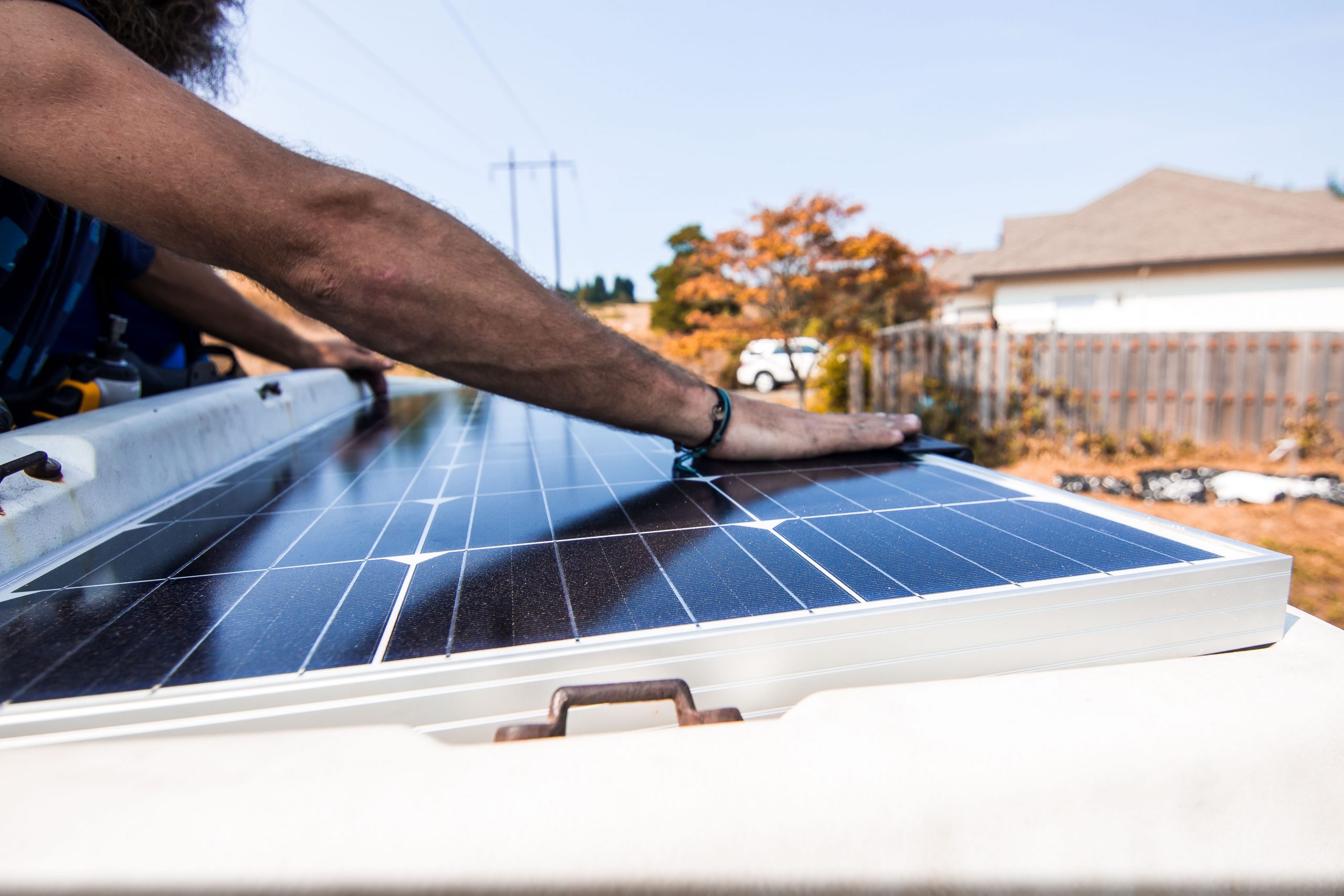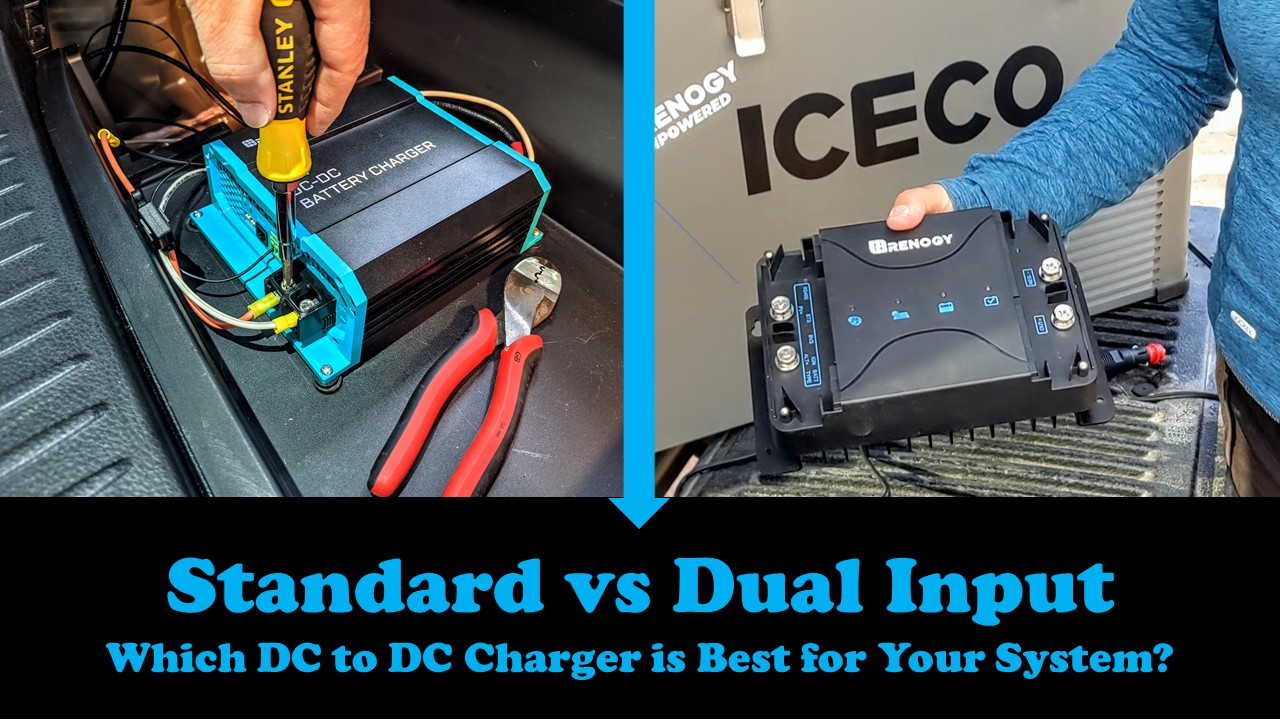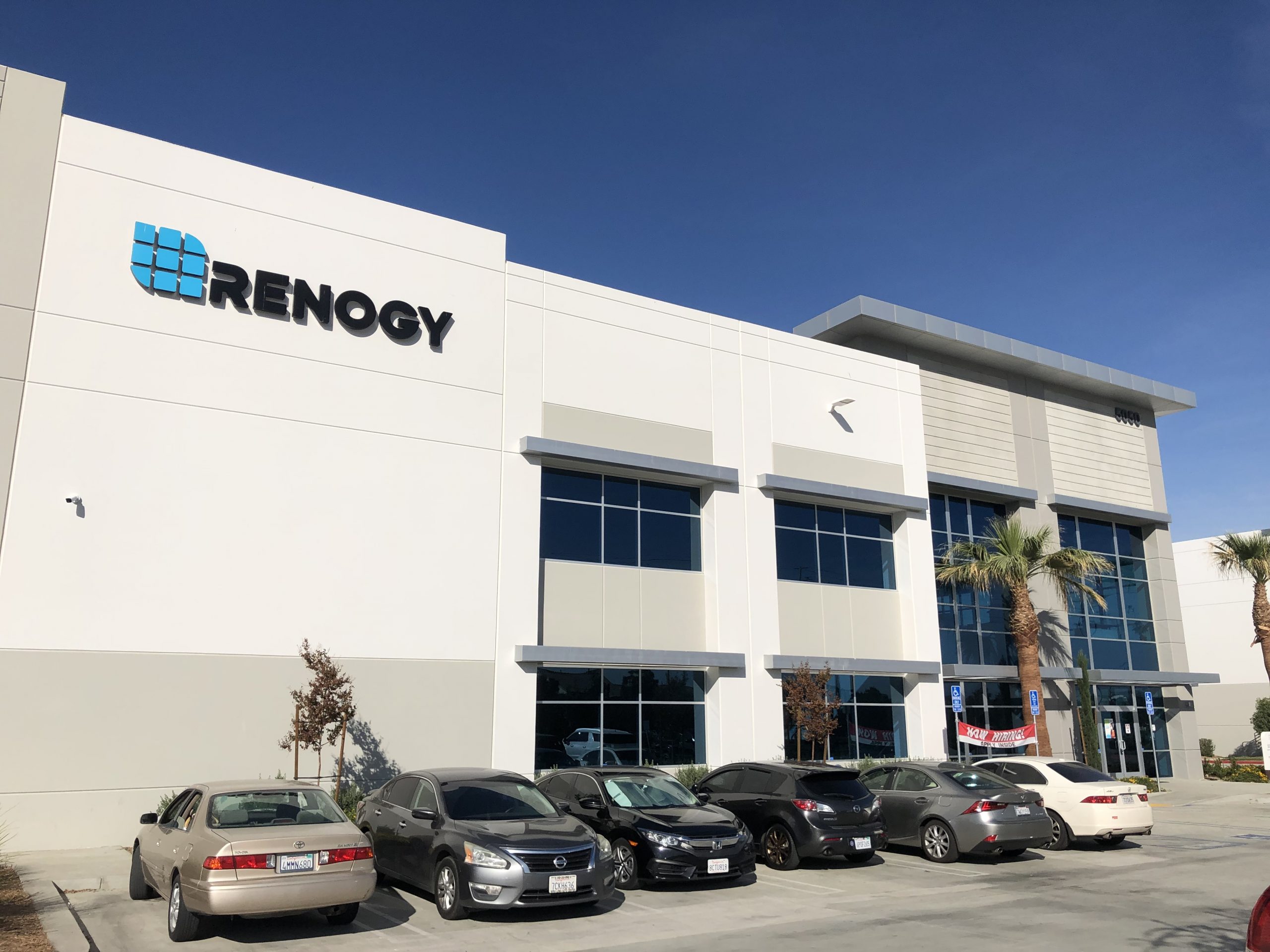Have you been thinking about installing solar panels on your roof but are discouraged by how they will change the aesthetic of your home? Fortunately, as this renewable energy technology continues to develop, so does its aesthetic design.
More and more people are turning to colored solar panels as a way to combat the appearance of dark squares on their rooftops. But how are
solar panels for home use affected by changes in their color? Keep reading to find out more about this new trend and how it affects solar panels’ performance.
What Are the Typical Colors for Solar Cells and Why?
As you may have noticed, the majority of solar panels are a dark blue or black color. Monocrystalline solar cells are mostly black, gray, or blue, while polycrystalline solar cells are almost always blue. The blue or black coloration reflects as little light as possible, something that takes priority when attempting to maximize power output.
Something else that impacts the color of solar panels is the thickness of the anti-reflection coating applied to each panel. This thin film deters light from reflecting off the panel’s glass and instead helps it absorb into the panel and produce more solar energy. However, if this coating is too thick, it prevents the panel from performing at its peak.
What Are the Best Colors for Performance?
As stated, black solar panels and blue solar panels are the best colors for performance. Black monocrystalline panels, made from a single, high-quality silicon crystal, offer the best performance because the silicon’s purity level is the highest. Blue polycrystalline panels use more than one type of silicon crystal but still maintain a high performance level. Let’s make a quick comparison between the two color types.
Black-Colored Solar Panels
Black-colored panels will absorb the most sunlight because of their crystal arrangement, making them the most efficient. This aspect of their design also means you need fewer panels to produce the same amount of energy as another panel color, so they are ideal for when space is limited. Black panels also continue to perform well in warmer weather when blue and other colors lose some productiveness due to the rise in temperatures.
Black-colored solar panels are popular in commercial settings that require a more reliable performance output, but they can just as easily be found in home solar panel kits. Plus, most black panels come with a 25-year warranty.
Blue-Colored Solar Panels
Even though blue-colored solar panels may not be quite as efficient as black-colored panels, they are more cost-effective to manufacture, which sort of counterbalances their slightly diminished performance. When it comes to residential solar panel installation, blue is the most common choice since they are cheaper and easier to install. Solar panel maintenance is also more straightforward with blue-colored solar panels. Lastly, producing a blue polycrystalline panel is slightly more eco-friendly than its black monocrystalline counterpart.
In the end, both blue and black solar panels are optimal choices for any solar energy system. But what changes if you opt to go for a different color of solar panel, and is the trade-off in performance worth it?
How Do Colored Solar Panels Affect the Performance of the Panels?
When Henry Ford’s Model T first came on the market, he stated, “Any customer can have a car painted any color that he wants, so long as it is black.” The reason for Ford’s singular color choice was to increase the efficiency along his assembly line. Until recently, the same general concept was true of solar panels—efficiency and performance were above all else.
Unlike cars, though, colored solar panels are still limited to a few select shades, dependent on their performance parameters and light reflection measurements. So don’t start thinking taxicab yellow or Ferrari red are viable solar panel color choices! However, as solar panels have become more popular and the market has expanded, more consumer demand for other colors appeals to building aesthetics.
Performance Parameters
Initially, researchers and scientists thought changing the color of solar panel cells would amount to a 40% to 50% reduction in energy production. However, as they started conducting more research and performing more experiments, they realized the average range was closer to 15% and 30%, with some color schemes only adversely influencing performance by as little as 11%.
The main reason for decreased performance with color changes is that fewer photons are transmitted to the PV cells, lowering the current and overall power production. The amount of loss is dependent on the selected color, with darker colors impacting performance less negatively and lighter colors affecting performance more. In some cases, the best way to combat the losses of lighter colors is to add an interference coating that minimizes the level of reflection and improves performance.
Light Reflection
If you go way back to learning about the electromagnetic spectrum when you were in school, you may recall that light gets absorbed and reflected based on its wavelength, and there is a limited range of light visible to the human eye. In other words, what we can see and what is actually happening may be two different things.
With colored solar panels, scientists have to consider a sort of “visible” light spectrum for the panels in the same way our eyes absorb or reflect different wavelengths of light. Generally speaking, the more transparent the top layers of the solar panel cell (such as the front glass and the encapsulant), the more light the silicon can absorb.
So how do you take what are normally blue or black PV solar cells and change their color? Well, you can’t change the crystalline cells themselves, but two methods can affect how much light is transmitted to the cells.
The first method applies certain pigments and dyes onto the front of the PV glass or colored encapsulant. Usually, these colors mostly absorb and only partly reflect certain parts of the light spectrum. They are often applied using a dot-like pattern so as not to cover the glass entirely.
The other method utilizes interference filters deposited onto the glass portion of the panel. These thin-film coatings can be more selective in which wavelengths of the visible light spectrum are reflected, allowing all other light to be absorbed. Another way to think of it is that these coatings intentionally reflect one small part of the light spectrum to allow the panel to absorb all other visible light.
Both methods accept the fact that some light must be reflected as a consequence of adding coloration to the solar panel. As scientists continue to experiment with color combinations, they are learning more ways to balance reflection and absorption rates that have a minimum impact on overall panel performance.
Matching the Color of Your Roof
The material of your roof more or less dictates what color it is, with asphalt shingles usually being some shade of black, brown, gray, blue, or red, tiled roofs being a brownish terra cotta color, and metal roofs being silver or copper colored. Finding a perfectly matching colored solar panel may be tricky, but getting a solar installation that complements your roof color is easier than ever if you’re willing to pay for it.
Because utilizing colored solar panels is still relatively new and the science behind it is still developing, expect to pay more for colored panels than the traditional blue or black options. If your rooftop solar installation isn’t readily visible from the ground, investing in a particular shade of brown or red may not be worth it.
However, if you own a historical building or aren’t willing to compromise on your property’s exterior appearance, looking into various colored solar panel options is now possible. Additionally, using colored solar panels may allow you to maximize your solar setup space.
You could use blue or black panels in non-visible areas and colored panels in sections in view. Depending on your circumstances, the additional cost of matching the color of your solar panels to your roof could permit you to produce even more solar energy, which will create more savings for you in the long term.
One other aspect related to any color of solar panels to keep in mind is that dirty solar panels do not perform as well as clean ones. In fact, in more heavily polluted areas, solar panels you don’t clean for at least a month could see a drop in efficiency as high as 35%. That means even if you opt for colored solar panels but don’t keep them clean, you’re defeating the purpose of your purchase. An easy way to combat dirty solar panels of any kind is through solar panel monitoring.
To Color or Not to Color
The aesthetic appeal of colored solar panels may be alluring to those with historical or otherwise unique buildings, but in most cases, the tradeoffs are not currently worth the investment.
Colored solar panels do not perform as well as traditional blue or black solar panels, and the technology surrounding them is still developing, making them more costly to produce. Hopefully, as things progress, choosing from various solar panel colors will become more commonplace, but for now, Henry Ford’s Model T approach is probably best.







